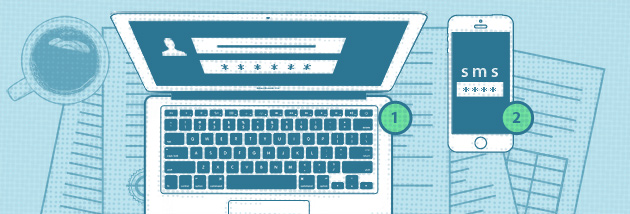How to protect your account with two-factor authentication?
Hello everyone!
Identity fraud becomes a little too dangerous these days. We were thinking about the ways to protect your data and integrated new services for two-factor authentication on ONLYOFFICE portals.
Just to remind, two-factor authentication stands for a combination of two actions needed to get access to user’s account. It is simply like locking your door with two locks. The difference is that the second key, which is your own mobile phone, is rather hard to steal. This measure, therefore, protects your portal from unwanted access even if the log-in data has been compromised.
When a user makes a log-in attempt and submits the correct username and password, the system sends the single-use passcode via text message to a phone number associated with this user. It is necessary then to fill in the received passcode to log in to the system successfully.
Clickatell is a multi-purpose SMS platform. Authentication by Clickatell is widely used by well-known services, for instance, WhatsApp and Telegram whose verification codes probably landed in your messages several times.
SMSC is a mobile messaging service operating in CIS countries. This platform offers variety of services including flexible authentication plans.
Twilio now also supports SMS packages in ONLYOFFICE for authentication. Well known for its voice call and SMS services, Twilio provides communication solutions for Netflix, Coca-Cola, Uber and many other world-leading businesses.
1. Connect one of the SMS providers to your portal in Third Party Services menu.
2. Enable two-factor authentication in Portal Access section of Security settings.
3. Securely access your ONLYOFFICE account.
The feature is currently available for SaaS portals and will be soon released for server solutions. Read our guide to using two-factor authentication for more detailed instructions. If you have any questions, please use the comment section below.
Create your free ONLYOFFICE account
View, edit and collaborate on docs, sheets, slides, forms, and PDF files online.




